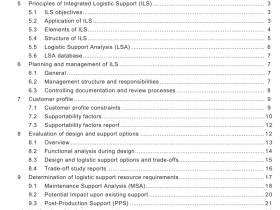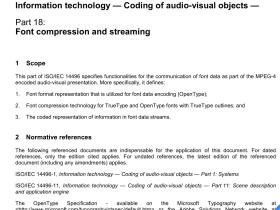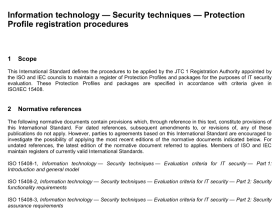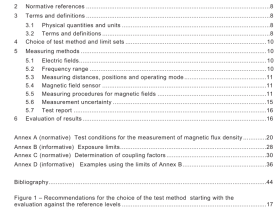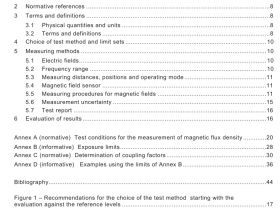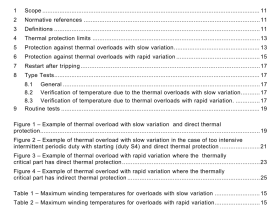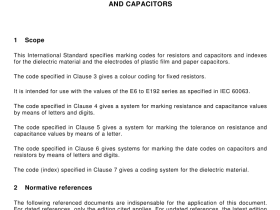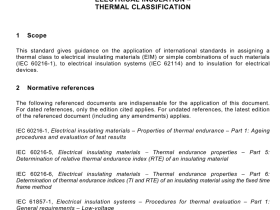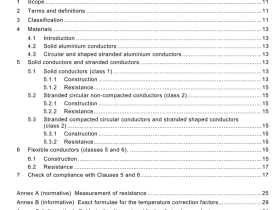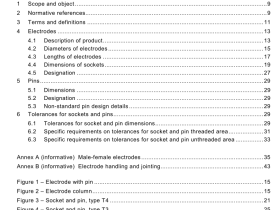IEC 61158-3-22 pdf download
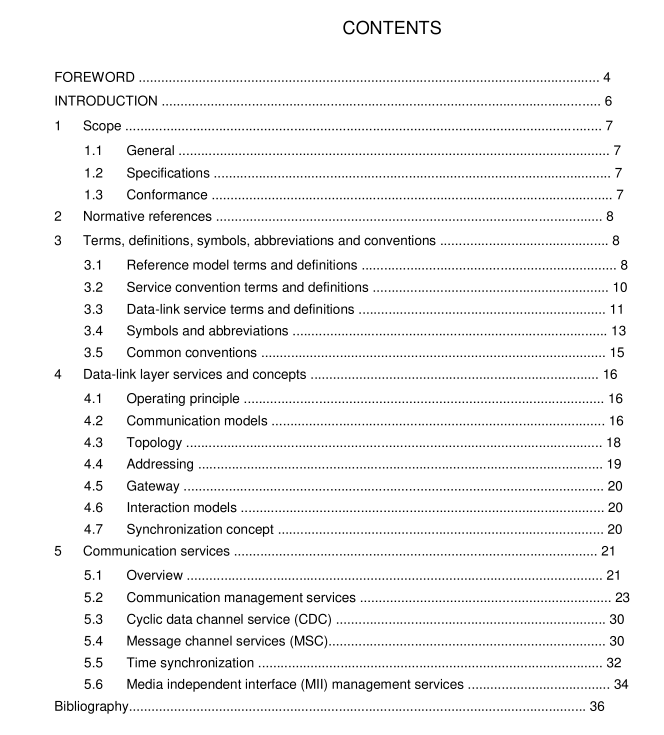
IEC 61158-3-22 pdf download Industrial communication networks – Fieldbus specifications – Part 3-22: Data-link layer service definition – Type 22 elements
1 1.1 Scope General
This part of IEC 61 1 58 provides common elements for basic time-critical messaging communications between devices in an automation environment. The term “time-critical” is used to represent the presence of a time-window, within which one or more specified actions are required to be completed with some defined level of certainty. Failure to complete specified actions within the time window risks failure of the applications requesting the actions, with attendant risk to equipment, plant and possibly human life.
This standard defines in an abstract way the externally visible service provided by the Type 22 fieldbus data-link layer in terms of:
a) the primitive actions and events of the service;
b) the parameters associated with each primitive action and event, and the form which they take; and
c) the interrelationship between these actions and events, and their valid sequences.
The purpose of this standard is to define the services provided to:
the Type 22 fieldbus application layer at the boundary between the application and data- link layers of the fieldbus reference model;
and systems management at the boundary between the data-link layer and systems management of the fieldbus reference model.
1.2 Specifications
The principal objective of this standard is to specify the characteristics of conceptual data-link layer services suitable for time-critical communications, and thus supplement the OSI Basic Reference Model in guiding the development of data-link protocols for time-critical communications. A secondary objective is to provide migration paths from previously-existing industrial communications protocols.
This specification may be used as the basis for formal DL-Programming-Interfaces. Nevertheless, it is not a formal programming interface, and any such interface will need to address implementation issues not covered by this specification, including: a) the sizes and octet ordering of various multi-octet service parameters; and b) the correlation of paired request and confirm, or indication and response, primitives.
1.3 Conformance This standard does not specify individual implementations or products, nor do they constrain the implementations of data-link entities within industrial automation systems. There is no conformance of equipment to this data-link layer service definition standard.
Instead, conformance is achieved through implementation of the corresponding data-link protocol that fulfils the Type 22 data-link layer services defined in this standard.
2 Normative references The following documents, in whole or in part, are normatively referenced in this document and are indispensable for its application. For dated references, only the edition cited applies. For undated references, the latest edition of the referenced document (including any amendments) applies.
